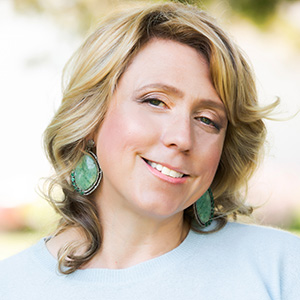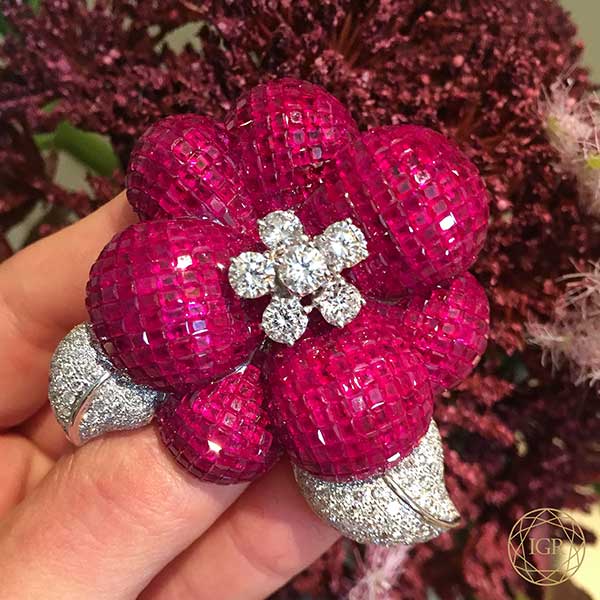
I was happy to hear from the team at International Gemological Reports (IGR London) recently, and for a couple of reasons. One is that the boutique London-based diamond and gemological laboratory was founded by Black private jeweler and industry luminary Thelma West (we highlight one of her outstanding diamond rings here), and the other is that the lab is entirely run by women. Both aspects make it a welcome anomaly in our white- and male- dominated jewelry industry.
And when IGR offered me a chance to connect with its lead gemologist, Zhanna Beissekova—and see some of the most unique pieces she’s been tasked with evaluating—I was of course delighted.
“Every time we get a new delivery, I feel overwhelmed with excitement, like a kid in a candy store,” says Beissekova, who received her certification at the Gemmological Association of Great Britain (aka Gem-A). “I’m very passionate about geology and gemology. Time flies when I examine gemstones and explore the hidden world of a stone.”
Beissekova’s grandparents were born in Kazakhstan, a country rich in natural resources, and were involved in the mining industry. Her grandfather’s stories set in mining cities helped inform Beissekova’s interest in geology and passion for the Earth’s most precious mineral treasures.
Today, from her IGR perch in London’s Soho district, she and her team issue reports and certificates that authenticate a variety of items, from important loose stones to finished jewelry. Both types of documentation create transparency and security for the buyer, whether it’s a consumer or a dealer. The process usually takes three to five working days; clients who need reports in a hurry can request express service for an additional fee.
Some pieces, like the ruby brooch up top, and the antique pearl necklace and watch ring below, are sent to the lab for an insurance valuation, a service offered to both jewelers and private clients. “The value we provide is not the resale value but the replacement value [in the event of theft, loss, or damage],” says Beissekova. For the most accurate assessment, she adds, most insurance experts recommend that high-value acquisitions be re-evaluated approximately every three years.
Other pieces, like the Alice Cicolini ring below, require Beissekova to provide a jewelry report that will accompany the piece when sold (the jewelry report is meant to be a passport detailing a jewel’s unique characteristics).
Increasingly, such documents are becoming a very helpful resource that retailers can provide with a purchase; obviously it’s a way to unequivocally communicate the authenticity of a jewel, but it might also tacitly, subtly help justify the price it commands.
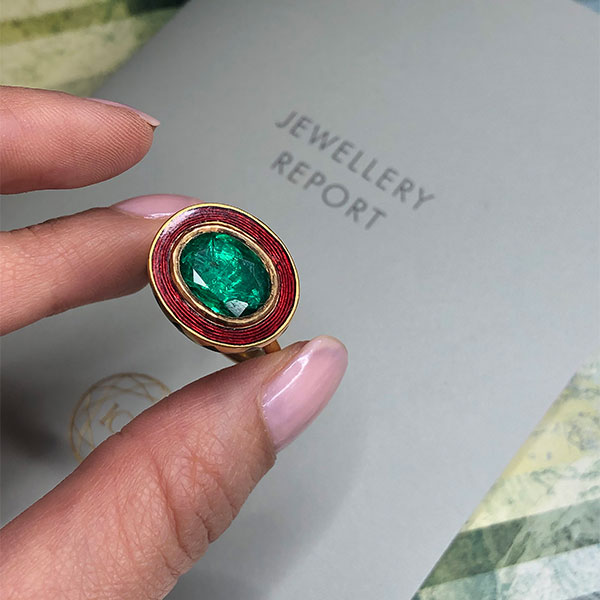
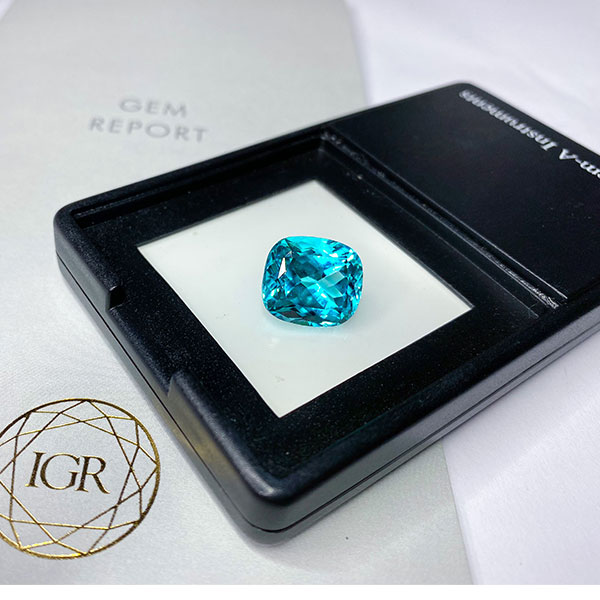
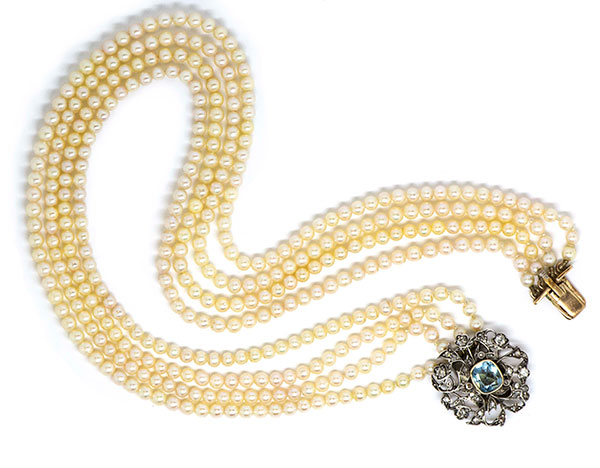
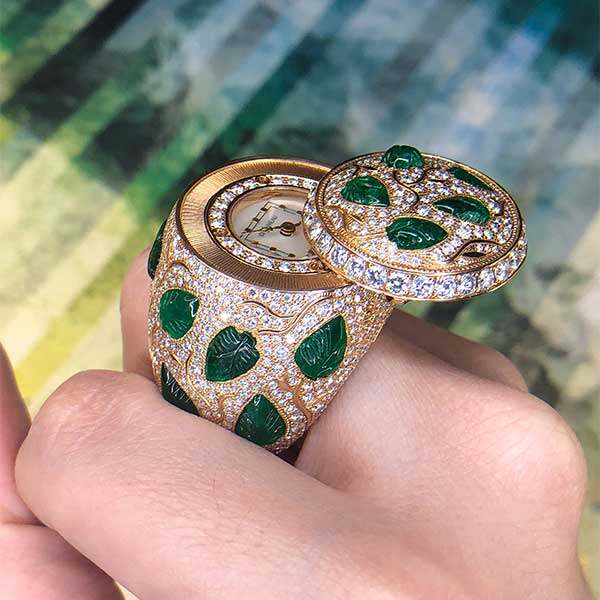
Follow me on Instagram: @aelliott718
- Subscribe to the JCK News Daily
- Subscribe to the JCK Special Report
- Follow JCK on Instagram: @jckmagazine
- Follow JCK on X: @jckmagazine
- Follow JCK on Facebook: @jckmagazine
